My Nokia Blog |
- Lumiappaday #247: Football Kicks demoed on the Nokia Lumia 900
- MNB RG: How Nokia Location drives Audi
- Nokia N9 with Jelly Bean (Android 4.1.1)
- Nokia Conference call details on Q2 2012 results
- Nokia Q2 2012 Results
- Nokia 808 PureView Stock – Where to buy (USA)
- My Dream Nokia #55: Nokia Lumia 720, 16MP shooter (+ideas for next MDN?)
- Statcounter: WP at 10.8% (all users) in Finland
- Lumia 900′s – “Normal life cycle management process” aka ‘price cuts’
| Lumiappaday #247: Football Kicks demoed on the Nokia Lumia 900 Posted: 19 Jul 2012 02:10 PM PDT Simple, fun, finger flicker type goal scoring football game. Surprisingly fun game, comes with very high ratings from folks who have played it. #247) Football Kicks
Developer Blurb:
Rating:Design: 7.5 Usability: 9 Performance: 9 Price: 8 |
| MNB RG: How Nokia Location drives Audi Posted: 19 Jul 2012 02:03 PM PDT
________________ Hidden in Nokia’s Q2 quarterly report was this nugget: “Nokia entered into an agreement with the Audi Urban Intelligence Assist (AUIA) project aimed at developing connected car technologies that help reduce congestion and improve safety supported by the use of NAVTEQ map data.” (NAVTEQ is now Nokia’s Location & Commerce unit.) There was also a mention of “Ford, whose research organization is using the [Nokia Location] platform to advance innovation for smart and connected vehicles.” Now that Nokia is aiming to become the “Where Company”, with their Nokia Location Platform licensed to Yahoo!, Bing, Flickr, Windows Phone 8 and every four out of five automotive makers with in-dash navigation systems, how does this Location Platform actually manifest itself? Stephen Elop was recently quoted as saying mapping is step 1, navigation is step 2 – and Nokia is working on steps 3, 4 and 5 to transform the world of location-based services. Location, location, location. Indeed, this is why Nokia did not go Android – Google is their worst competitor in location and Microsoft was willing to license Nokia’s Location Plaform for Windows Phone. It sealed the deal, says Nokia. But back to Nokia and cars. What does it mean that Nokia has partnered with Audi on their Audi Urban Intelligence Assist project? I’ll link to some hits to that shortly. Because lest anyone think this is only just some pipedream years into the future, I think it is important to highlight what the practical applications having location-based services can have already today. Obviously Audi users Nokia’s maps on all its in-dash navigators (it also superimposes them on Google Earth imagery on some models, an interesting hybrid of the competitors), but it goes well beyond that. The nowStarting in late 2009, early 2010, Audi connected Nokia’s location data into its actual automotive systems starting with the high-end models (first the new A8 and then A7 and the A6, etc. depending on equipment levels). By knowing where the car is and what kind of road it is driving on, the car actually adjusts various drive systems. One example is the speed assist, that uses Nokia’s location data on speed limits and compares them with camera data from actual traffic signs, as well as actual driving speed, to inform the driver of the current speed limits and can highlight temporary speed limits. The second example is Audi’s adaptive lighting. By using Nokia’s location data, the car adjusts its lighting patterns depeding on the location. For example, the car is able to adjust to extended highway lighting range while still on the ramp towards the highway, because it knows where it is heading and speed alone could not provide this information. Before entering an intersection, the system is also able to turn on cornering lights for wider-angle illumination, even when the driver has not yet turned the wheel or turned on the signal. These would not be possible without the car knowing where it is and where it is going. Third example extends to actual driving, through the adaptive cruise-control and various radar systems on board. When using the adaptive cruise control to match the speed of the car in front, Audi uses Nokia’s location data to detect cars leaving the highway. If the car ahead puts on the turn signal and slows down near a highway exit, the Audi will not slow down with the exiting car, but will instead know the slowdown is only temporary (of course if the car does not exit or is getting too close, this will be overridden). Location data also means the cruise-control can follow the car in front even in curves, which a traditional adaptive cruise-control could not do. As fourth example, Nokia’s location data controls the Audi’s automatic gearbox. On curving country roads the gearbox does not unnecessarily upshift on short straight stretches, because the car knows where it is driving. The futureAll that in Audi’s shipping today (and that’s not even all there is), thanks to Nokia’s location data. But what about the future of Nokia location at Audi? Audi Urban Intelligence Assist is a project that involves various university research and commercial partners, aimed at generating connected car technologies that reduce congestion, improve safety and make urban driving less stressful. Audi has a vision of a future involving connected intelligent vehicles that interact with their environment and with each other, to make urban mobility more efficient, more convenient, less stressful, and safer. Here are some highlights: - “This data will include local vehicle and pedestrian information from onboard vehicle sensors for local awareness, as well as aggregated traffic and traffic controlling information (i.e. traffic lights, etc.), parking availability, urban events (sports events, concerts, accidents, etc.) among other, in order to get an up to the minute snapshot of the city, but also to make predictions on what the city environment is going to look like in the near future (15 to 60 minutes from now).” - “Understanding the driver and his/her preferences, to tailor the urban driving experience to fit the personal needs of each Audi customer. The major research questions are to determine what aspects of urban mobility distract and stress individual drivers, and what kind of metrics can be used for those, in order to support and assist each user appropriately to make urban commute more enjoyable, efficient, safer, and smarter.” - “Use urban information collected from multiple on and off board sources to predict how the city flows through the day, and use this in combination to the driver diagnostic information to generate the most comfortable and efficient route for each driver, and to give recommendations about route planning and execution tailor made to each user to make each trip a smart stress-free one.” A little more on the AUIA here:
This is just (a part of) the automotive story. Location-based services are invading all aspects of the mobile life, including advertising. What’s next? Or is it: Where’s next? |
| Nokia N9 with Jelly Bean (Android 4.1.1) Posted: 19 Jul 2012 09:35 AM PDT Ahead of pretty much every other actual Android device, here’s the Nokia N9 with Jelly Bean. It’s just a photo for the moment. It has v4.1.1 installed. I’m not quite sure what is working and what isn’t (with N9 Android ports, you can’t be sure that everything is fully functional). Source: GSM Arena Cheers ‘USER’ for the tip |
| Nokia Conference call details on Q2 2012 results Posted: 19 Jul 2012 06:06 AM PDT
I believe this has just finished. Stefan Constantinescu previously from intomobile (and Ex Nokian and ex nokia blogger – RingNokia) was tweeting from @whatthebit details of the Nokia Conference call and Q&A regarding the Q2 2012 results. Some bits may be reiteration from Q2 2012 report or previous interviews with Elop.
Source: @whatthebit via @whatleydude |
| Posted: 19 Jul 2012 03:28 AM PDT At 1pm CET on 19th July 2012, Nokia’s Q2 2012 results were published.
Here’s a link to the PDF interim report with tables:
Quick overview:
___
Nokia net sales in Q2 2012 were EUR 7.5 billion, up from EUR 7.4 billion in Q1 2012
Nokia non-IFRS EPS in Q2 2012 of EUR -0.08, level with Q1 2012; reported EPS EUR -0.38
Both gross and net cash higher year-on-year
Location and commerce: Nokia Siemens Networks Employee count:
CEO Comments on Q2 2012:
|
| Nokia 808 PureView Stock – Where to buy (USA) Posted: 19 Jul 2012 01:36 AM PDT
Johnny Li has been searching around for places in the US that have the Nokia 808 PureView in stock. His findings are below:
We’ll add some more as we find them.
|
| My Dream Nokia #55: Nokia Lumia 720, 16MP shooter (+ideas for next MDN?) Posted: 19 Jul 2012 01:33 AM PDT
You guys gave designer, Mkrtchyan Edgar, some great feedback in #54 of My Dream Nokia. He took some comments on board and created a more lower end Nokia Lumia 720, though the specs aren’t exactly too low end. Note the message was passed through a translator so some things may be lost in translation.
This will be his last design for a while since over the net few weeks, Mkrtchyan Edgar says he’ll be busy. Looks quite nice from this angle. This design reminds me of the 710/first Nokia WP proto. It might work better without the bulge.
Buttons not present on the face when light is not on. I prefer that myself. The curve might be a little too big/strong here for WP8. If there are any other designers our there that would like to give this design idea a little bit more polishing, here was my original comment:
By pebble, if we look at the design from the 1001 where the sides curve, the top would also curve, not unlike the first iPhone but the screen would continue to curve (a little like the 800/N9) so that it’s like a perfect pebble. The top and sides could also curve out slightly. No camera bulge. It would not be the most practical of designs, no. There are no charging ports. We’ll still have wireless USB (via a dock) and wireless charging as well as BT for headphones (with included BT-3.5mm for those wanting to use their own headphones). Actually, just think of it a little bit like a slimmer Palm Pre with everything smoothed out and no moving parts. I’d like the screen to be much closer to the edges (minimal wastage at the top, like the 1001 concept) Other Pebble designs of the past. Sony MP3 player (I have one of these somewhere) Actual Pebble phone from Moto. This is too curved and too fat though.
|
| Statcounter: WP at 10.8% (all users) in Finland Posted: 19 Jul 2012 12:57 AM PDT “Keith too” said he’s been looking at WP’s stat’s in Finland and noticed that it had surpassed Symbian for the first time in terms of daily stats. That can also be seen in the weekly graph when viewed from 2008. 13.33% for WP vs 13.25% for Symbian. This isn’t the current score if you look at a shorter time span. Just to reiterate the context of this graph:
The next graph shows the daily spikes. Looking at this on a longer time scale shows the rate of growth has been pretty consistent in Finland. 12.49% current daily stat. Symbian is still ahead though. Ideally Symbian would remain steady or even grow but as seen on the first graph that even in Finland, that’s been skydiving for years.
On weekly average, WP has surpassed the 10% barrier, now at 10.82% (10.85% if looked on a monthly/quarterly basis). Good Finnish sales is not enough for a country like Finland. We will see from Nokia’s Q2 report how Lumia and the rest of the Nokia line up performed in the last 3 months. |
| Lumia 900′s – “Normal life cycle management process” aka ‘price cuts’ Posted: 19 Jul 2012 12:56 AM PDT In the UK, we’re very much used to phones being subsidised on contract. Subsidised is good for some people as part of the monthly payments on text/calls/internet goes towards the cost of their phone so that it is a small fraction, if not free (unless it’s an iPhone, which was one of the first, if not the first in the UK to be on contract yet still be so expensive). Being free on contract is quite normal for the UK and something I thought was weird for the US to still pay for the handset, again until iPhone arrived in UK, e.g. SGSIII, OneX and Lumia 900 are all available free on similar if not identical plans. Are they giving phones away? No. The manufacturer works with the network provider and shares the revenue from the contract. Anyway, a common trend is that after a few months on contract, prices of those phones gradually drops (or, if in the UK the line rental may get cheaper). It’s a common thing, and if you’re a savvy buyer, you would have found it at a much cheaper contract from the beginning. I haven’t been paying attention to the news that the Nokia Lumia 900 had dropped in price to $49. It was already briefly mentioned when the pink lumia 900 arrived, and I didn’t think much more of it (especially since it was available for a penny in some places). Some places are reporting that the price drop reflects the news that the Lumia 900 can’t get upgraded to WP8. If true, that would be as expected by some. Others suggested it’s because of weak sales, and skewing the time frame into ‘weeks’ instead of the reality of 3 months.. That could also be true and we’ll find out in a few hours what the precise Q2 performance has been. Nokia however says that’s part of the normal lifecycle. Some headlines do sound more dramatic – ”slashed in half” when really, the price dropped by $50 on contract because the phone is subsidised. WPCentral posts a study by Strategy Analytics who came to the conclusion that
It’s not that much of a wonder why the price of the Lumia 900 was that low from the beginning. I had always felt it was a 2011 handset in terms of specs and was priced accordingly, though in terms of overall user experience it was great value for the end consumer. Perhaps that’s why it did better than expected according to AT&T. Anyway, we’ll find out shortly how the 900′s stats actually went; whether this might be PR fluff or whether their defence is justified. Cheers John for the tip! |
| You are subscribed to email updates from My Nokia Blog To stop receiving these emails, you may unsubscribe now. | Email delivery powered by Google |
| Google Inc., 20 West Kinzie, Chicago IL USA 60610 | |

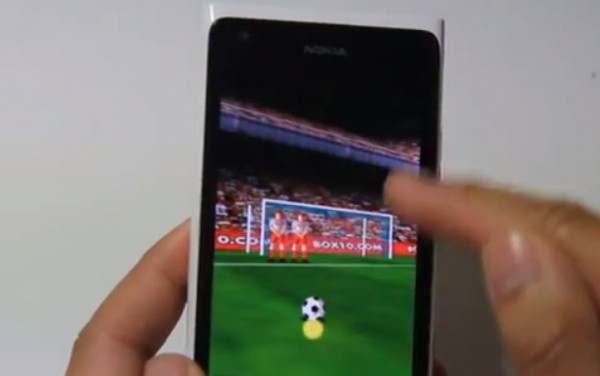

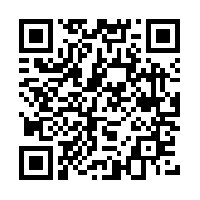
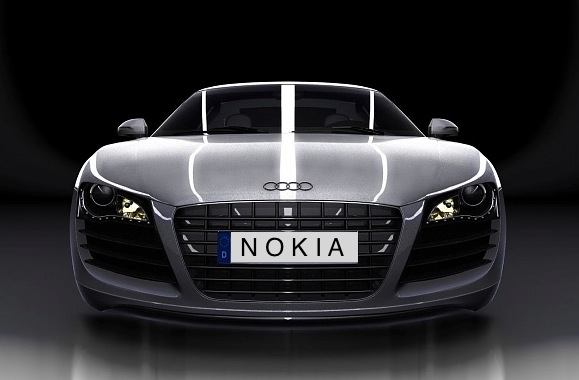
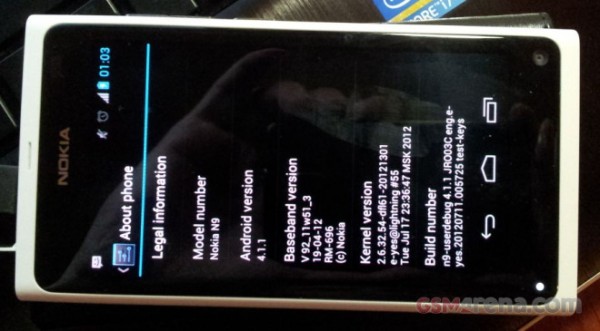
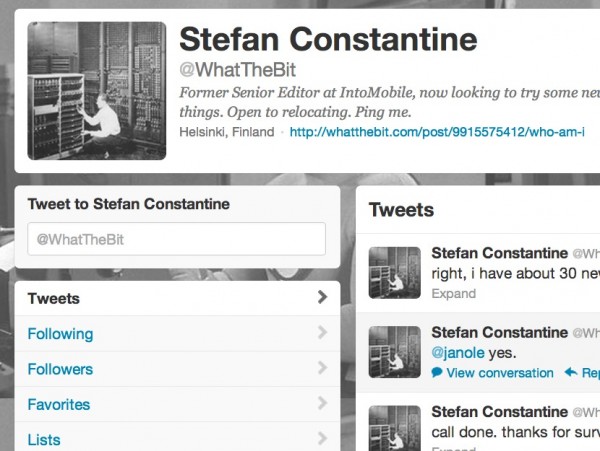
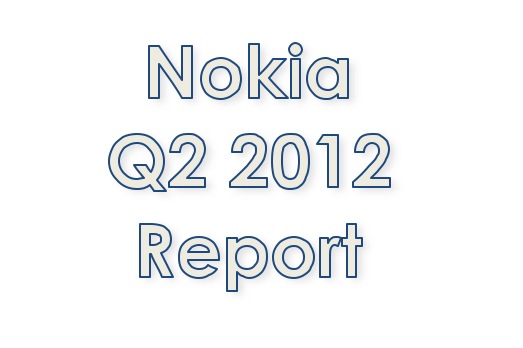






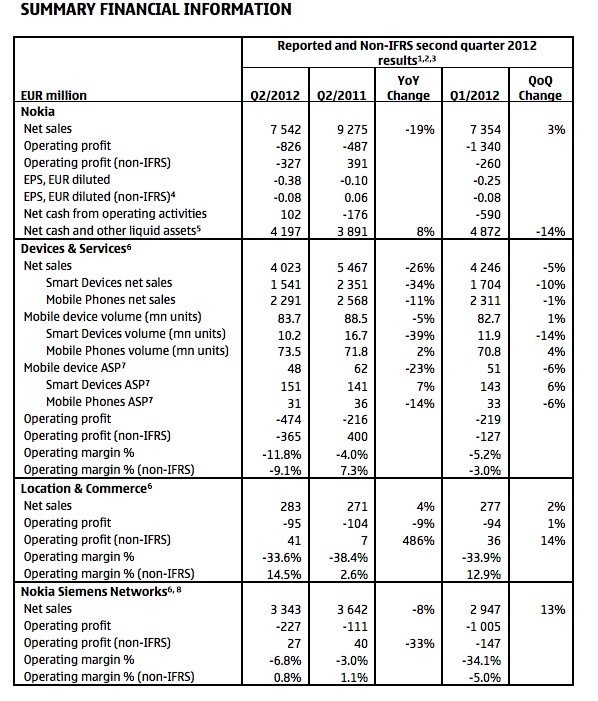
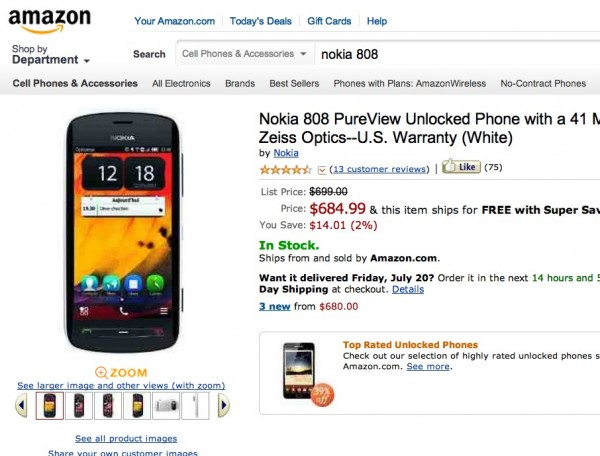

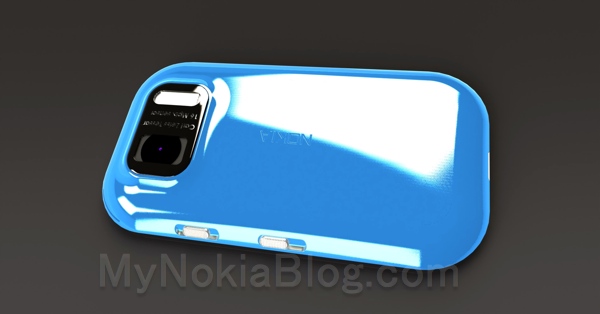


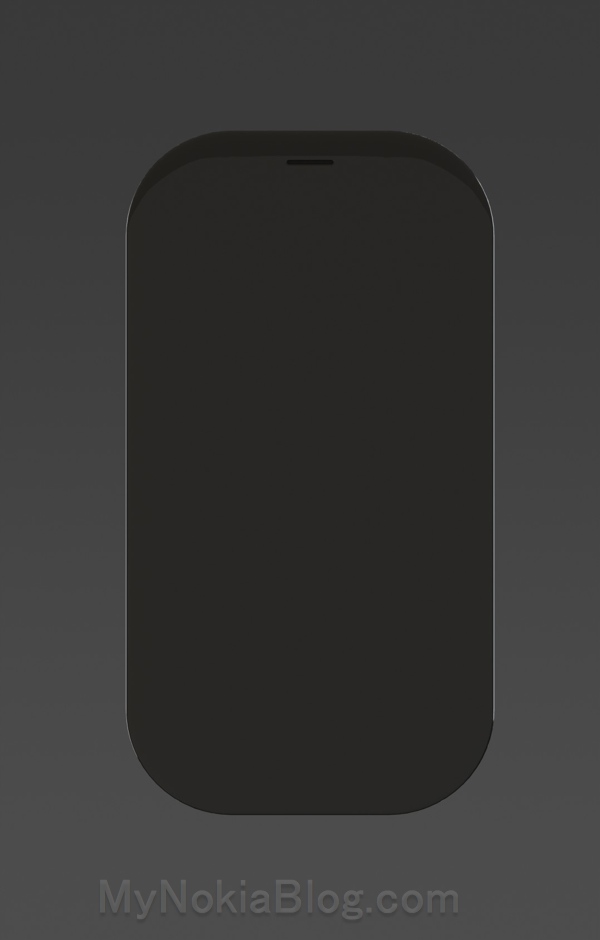
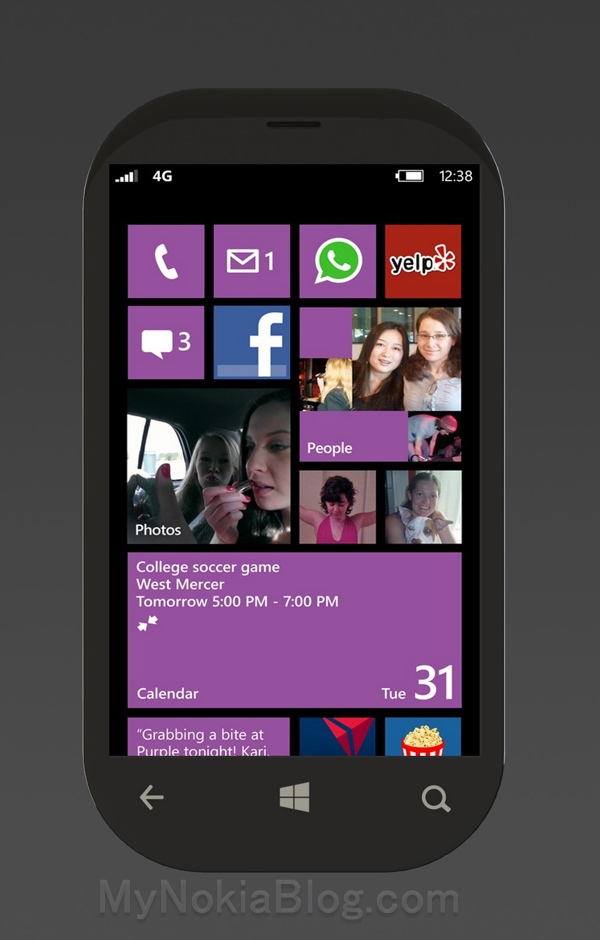
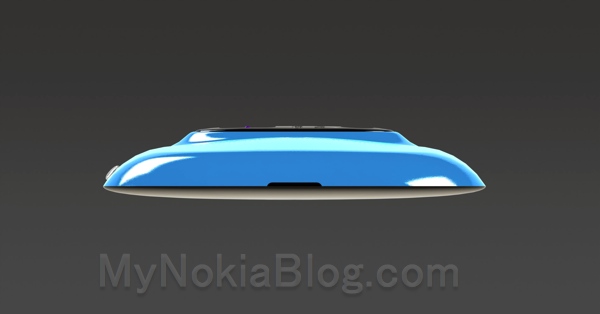
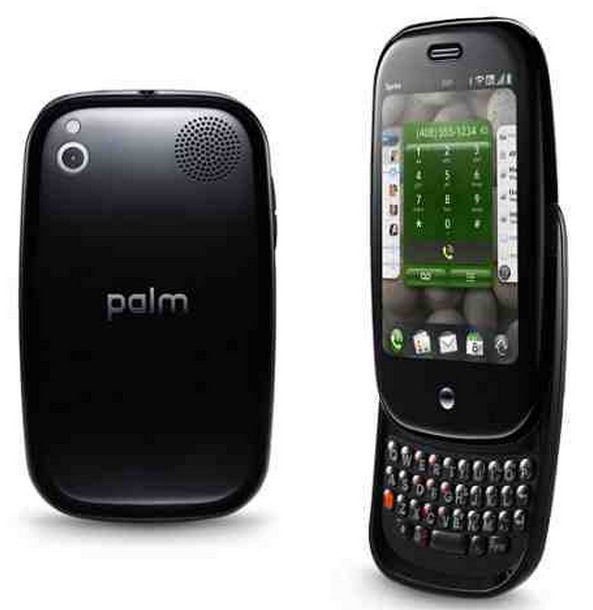
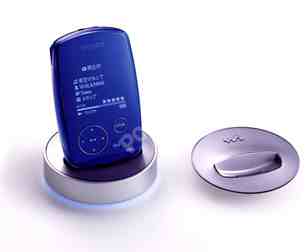
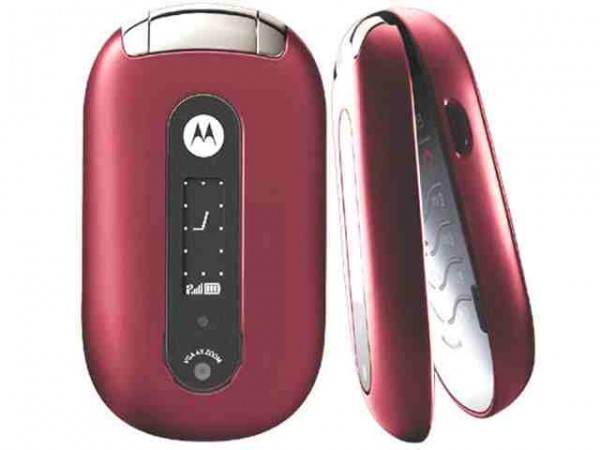
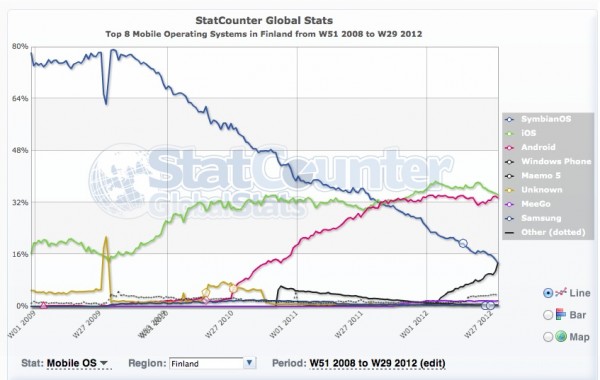
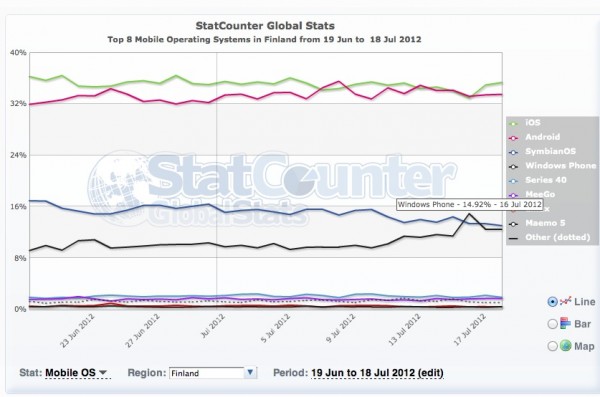
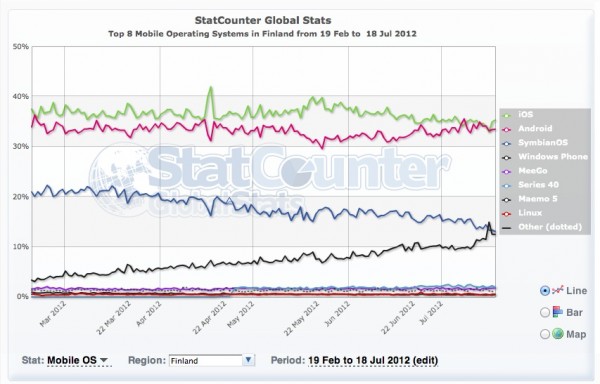
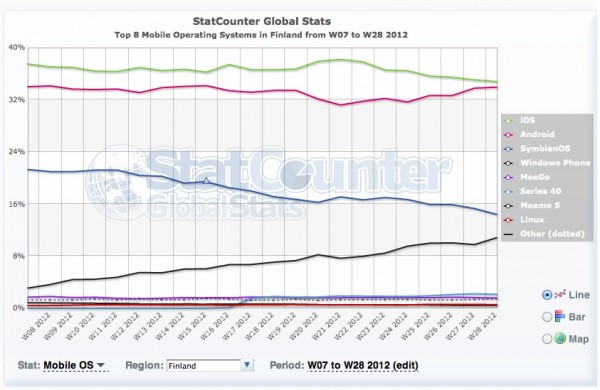
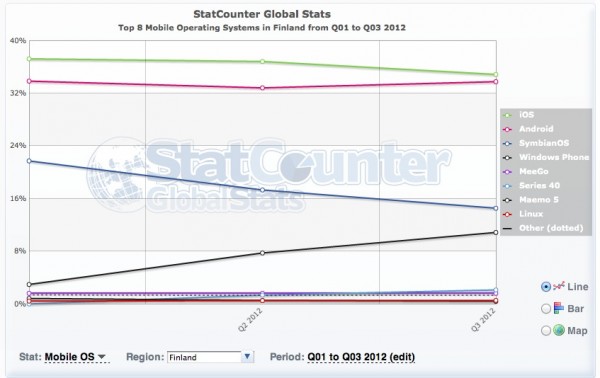
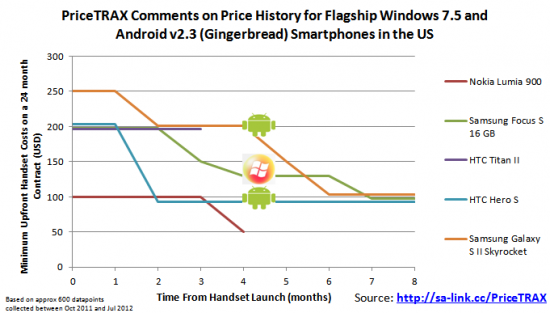
No comments:
Post a Comment